|
Hi everyone, in my last post I wrote about character driving plot (click here to read this). Today, I'd like to talk about the pleasures of plot also known as creating a narrative arc. And while there are different kinds of arcs and different things that go into creating great plots such as rhythm and page turns and pacing, I'm just going to focus on the mechanisms of traditional plotting and save the others for our awesome upcoming Craft and Business of Writing Children's Picture Books with Random House/Knopf assistant editor Kelly Delaney. Actually Kelly made a super short video for us sharing her excitement about the course and because I'm insanely excited as well, I'm going to share it here. It's less than 1 minute but do let us know what you think. Back to Plot... The Hook A traditional story starts with a hook whether it's plot-driven fiction, a plot-driven biography, or nonfiction. It needs to make the reader so intrigued that they have to read on to find out what happens next. So I'll be asking some questions here: What is your main character’s big problem or great desire that he or she has to solve or get? What is it that's fascinating about your subject matter? Will you be using humor? Exquisite language? A universal fear or desire (being lonely/unpopular/different/afraid of the dark/wanting a bicycle like everyone else has etc.)? Will you start with a major tragedy that the main character (protagonist) has to recover from, a joke, or even a question, or something really weird about your NF topic that makes the kid go WOW, or gross, or really? Often the reasons for the problem being a problem or the weird thing being weird are amplified in the next couple of pages. In two books that I want to share right now - Emily Gravett's Meerkat Mail and Kelly DiPuccio's Zombie in Love, the main characters each want something - Sunny in Meerkat Mail wants to live somewhere perfect. We're set up ahead of time with delightful examples of why where Sunny lives with his family are NOT perfect (too hot, too many family members too close). In Zombie in Love, Mortimer is lonely and wants to find love. He's tried, "Oh, he tried but somehow the ladies didn't appreciate his affections." We can't help but turn the pages to see him giving totally inappropriate gifts in his efforts to woo regular young women (a fancy box of chocolates full of worms, a shiny real heart, a diamond ring with the finger still attached). All to no avail. Setting Sometimes the setting is important to the story and is established early on or sometimes it's just left to the illustrator to situate the story in a specific place or a general place or even white space. In Meerkat, the Kalahari Desert is specified in the text and shown with lots of white space and sand. In Zombie, the place isn't specified but the first spread shows Mortimer looking depressed/anxious zombie-like on his coffin couch surrounded by all sorts of grossness and a poster of Cupid's Ball on the wall. Some questions: How important is your setting to the story? What happens if you place it somewhere else? Does the culture or vernacular language change the feel of the story or the adventures that can take place there? The Obstacles In traditional plot-driven fiction or biographies, after the hook, the setting, and the character introductions are established, we have a series of obstacles that the main character has to overcome to solve the problem that you've introduced in the hook and first few pages, especially if it's a picture book (you have a bit more space with a novel). Usually the obstacles are successively more challenging upping the stakes on our main character's desperation to solve the problem or gain their heart's desire. Usually they come in groups of three but in these two examples there are multiple obstacles/failed attempts at solving the problem because of how spare the text is. I'm not going to go into these or give away the ending because I want to encourage you to either buy these books and support the authors if you can, or get them from the library to use as mentor texts to learn from because they are wonderful and very successful examples of delightful plot-driven picture books. Some questions: What obstacles does the main character have to solve related to the initial problem that you've set forth in the hook? Are they successive and progressively more miserable or difficult? How do they test the main character so that she/he has to develop fortitude and perseverance? The Turning Point The turning point is the incident or epiphany that happens enabling the main character to figure out the solution to their problem or get what they want. It can be a big moment or a small moment. In Meerkat, after spending some dark wet time in a marsh in Madagascar with his Great-Aunt Flo, Emily Gravett writes, "Sunny is beginning to worry that there's nowhere right for him." We turn the page... In Zombie, Kelly DiPucchio writes, "Suddenly it became clear to Mortimer that nobody was dying to meet him. He began to shuffle toward the exit when he heard a loud thud. The thud was followed by an even louder crash." We turn the page. Note that the turning point comes at the darkest moment of despair. These two authors are master writers. Some questions: What is the darkest moment of despair? What does the main character think or do that triggers the turning point and page turn? The Climax We turn the page (or pages) for the climax. The big moment when suddenly all becomes right in our characters lives and they solve their problem or achieve their greatest heart's desire - characters that we've come to love whether they are meerkats or zombies. Characters that have grown and learned something about themselves on their journeys. Some questions: How does the main character actually solve the problem? Or what happens through their efforts that enables them to reach their goal? After the Climax After the climax there's usually a winding down and tying up of any loose ends where the wonderfulness of what just happened is explored a little as consequences for the main character and/or the main character and their community Some questions: What are the consequences/events/benefits that follow after the main character has solved the problem, vanquished or converted the bully, managed to get a special friend or their dream bicycle? The Twist The twist on page 32 is often one of the most delightful parts of a book, especially a picture book where it's usually a visual that is either touching or funny or a pun that somehow comments on the theme or general feeling of the book. It's great to end with that Awwww moment or some giggles to increase the re-read factor where kids might already know that it's there but can't wait to re-read it or better yet have it re-read to them again anyway - one of the goals of any good picture book). Some questions: How do you create a little twist at the end that delights your reader in some way? Do you leave them with some kind of question as to might happen next or wrap it all up with a neat bow? I want to encourage you all from now on to pay attention to these questions while reading plot-driven books, especially picture books. And if you enjoyed this mini-lesson on plot, please comment, share, and consider taking our amazing Craft and Business of Writing Children's Picture Books right here where you will learn about all the aspects of creating marketable picture books and have your plot critiqued from experts with terrific track records of helping folks get published. 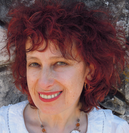 Mira Reisberg has helped MANY authors and illustrators get published. She has worn just about every hat in the industry including art director, editor, illustrator and author, and literary agent. Mira holds a PhD in Education and Cultural Studies with a focus on children's literature. She is also an award-winning children's book illustrator and writer. You can receive a rare live one-hour critique with Mira (or her co-teacher the fabulous Kelly Delaney, an acquiring assistant editor at Random House/Knopf) in the upcoming Craft and Business of Writing Children's Picture Books. 6/8/2015 05:38:15 am
Both Mira and Kelly have given me very helpful picture book critiques in the past. I'm sure this will be a worthwhile writing course.
Mary
6/8/2015 12:12:31 pm
Mira, sounds like yet another great course! 6/9/2015 05:01:01 am
Emily and Kelly are truly masters of the picture book format. 6/19/2015 01:27:47 pm
I just completed an on-line class on picture book revision, otherwise I'd be signing up for this course. Kelly's short video is good because it's to the point, and she looks and sounds sincere. 7/21/2015 05:42:51 am
Mira, the questions you pose are so helpful. Have really made me think more deeply about my manuscripts. Thank you! Excellent post as every course Mira shares with us. It sounds easy, but of course it's not! You must work every day to get a polished idea. But the good thing is that Mira is there to help you out. I hope one day I can attend to the online course! ;) Many thanks Mira for these tips! Comments are closed.
|
We are so excited to be mixing things up at CBA, beginning with some delicious additions to the Blogfish. Meet our awesome bloggers!!
Here's our lineup: 1st Mondays begin with former school psychologist Dr. Debra Collins who will be writing about Social emotional Learning in kidlit and behind the scenes as well as Jewish children's books. 2nd Mondays will feature super smart Melissa Stoller whose career is taking off with several new books. 3rd Mondays will feature our new blogger coming soon. 4th Mondays features new blogger, the fabulous Brentom Jackson, who has a beautiful approach to blogging. And 5th Mondays we'll be taking a break Archives
July 2024
|
|
Discover
|
About Us
|
Join Us
Join our Community and receive a fabulous free gift, KidLit tips, newsletters, scholarship info, contests, and more!
Join our KidLit Mentorship |
Social Media
Interact with our FaceBook Group or follow us on:
|
© 2010-2024 All content on this website is copyrighted. Sorry, all courses are non-refundable.
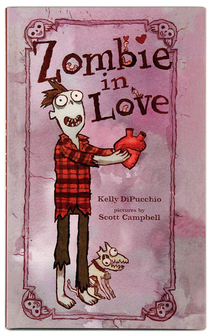
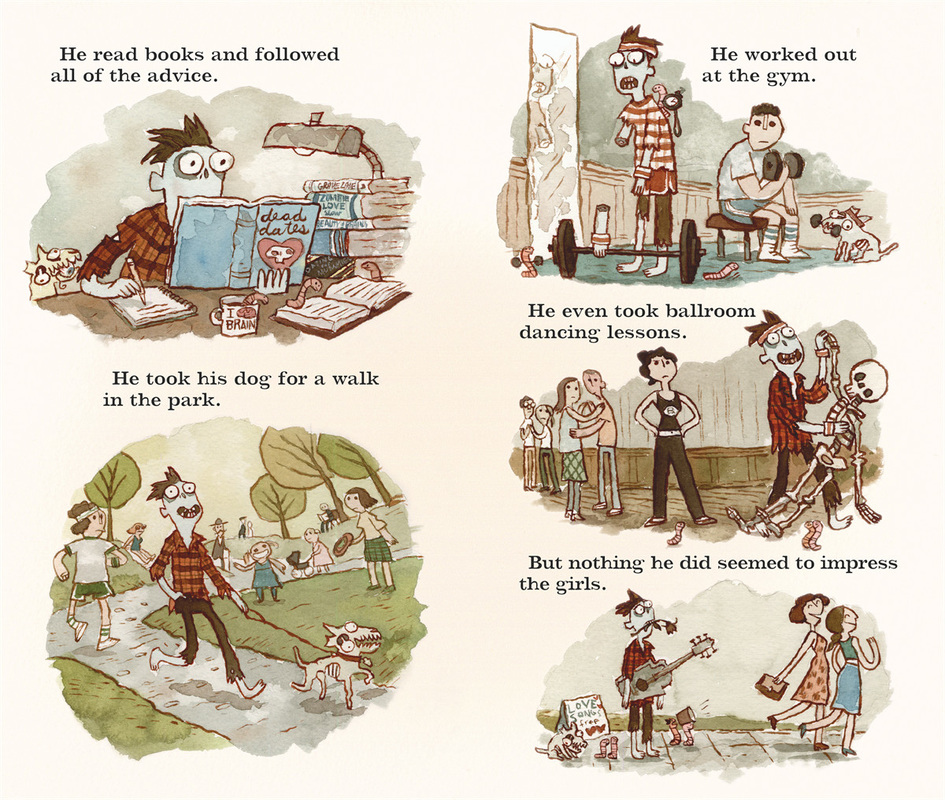
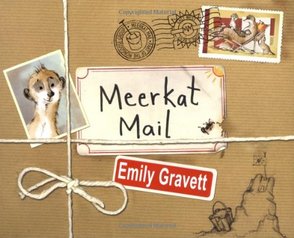
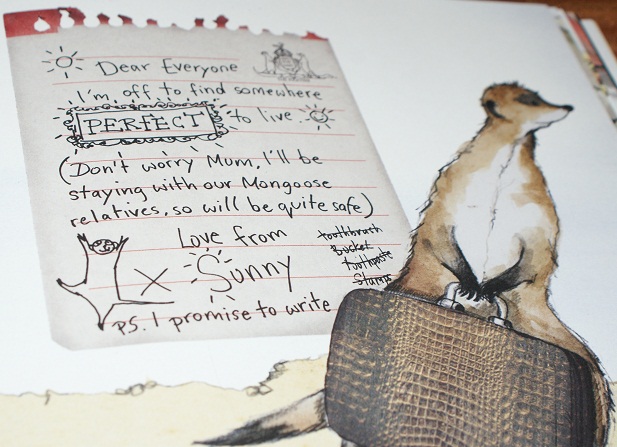
 RSS Feed
RSS Feed
